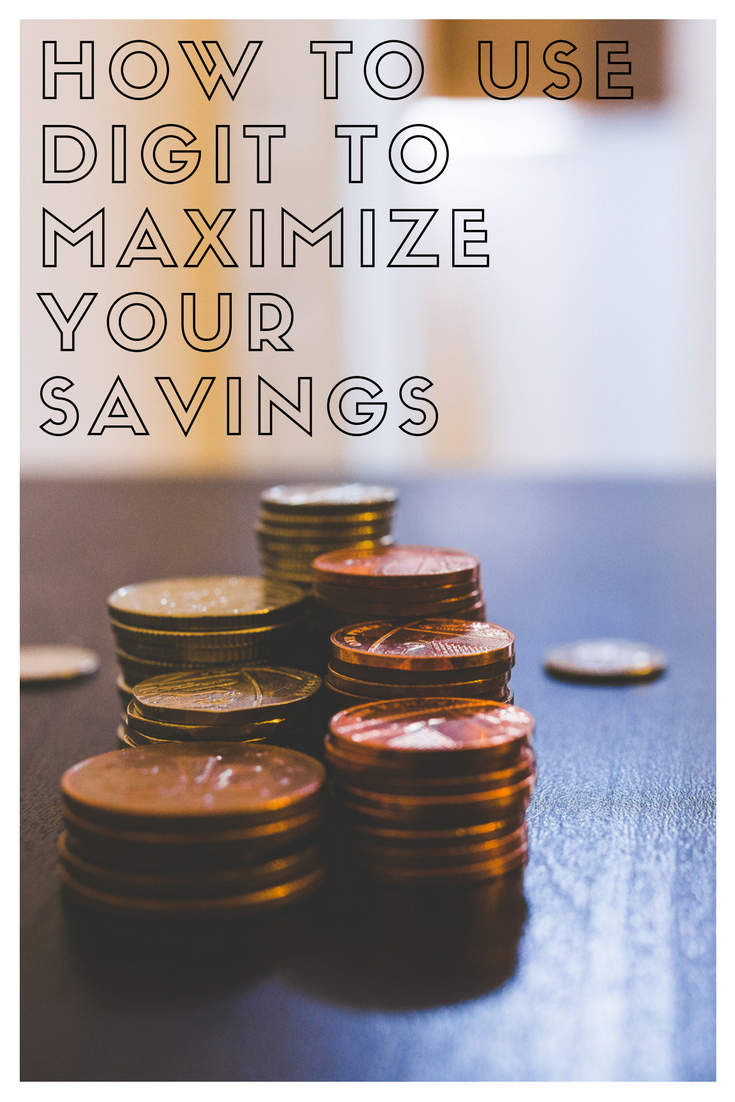If you are looking for financial advice, you probably don’t have money just lying around to be spent. There’s a lot you can do before you shell out for a financial advisor! So, how can you get that advice for free? Here are five different websites with excellent financial advice available at no cost.

Rockstar Finance
Subscribe to Rockstar Finance to get your feet wet in a little of everything financial. Rockstar Finance has a great blog, a list of money saving challenges to consider, book reviews on great financial reads, and a whole slew of reviews and information on financial apps and services. Whatever you are looking for, they probably have right on their website free of cost.
How Do I Money
Check out this awesome finance website for great blogs, podcasts, books and more. One thing that makes them unique is their video series on Budgeting; definitely worth giving a watch. How Do I Money also offers four money spreadsheets on their site that help with budgeting, dealing with debt, saving money and more. These sheets are a great tool for those trying to get a better handle on their finances. Print them off and use them each month as you budget.
Making Sense of Cents
If you want to make sense of money, this is the blog for you! Michelle has a consistent blog that covers a wide variety of topics: saving money, making extra income, paying off debt, and tips for traveling. She loves to travel, and gives expansive advice on how to do that while sticking to your budget. If you have struggled in the past with your personal finances, this blog has plenty of tips explaining what you could be doing wrong and how to turn things around. Check out 15 Reasons You’re Broke and Can’t Save Money for a personal favorite of mine.
Stefanie O’Connell
Stefanie is an expert on helping millennials become personal finance professionals. Her blog and videos are interesting and informative, covering topics such as “Three Mental Roadblocks to Making More Money” and “3 Ways to Earn a Pay Raise.” If you’re a millennial looking to achieve financial greatness and to be money savvy, she’s the gal for you!
Burke Does
I may be slightly biased, but Emilie Burke has some great financial advice. (Yep, that’s me.) My website offers tons of free advice that will help you get your budget on track and find better ways to save money. Burke Does is a lifestyle blog that specializes in personal finances and millennial struggles. I write about the balance between overcoming debt, staying healthy and enjoying life along the way. Check out my latest blog, Knowing Your Why When Paying Down Debt, to discover the importance of knowing your motivation while freeing your life from the weight of debt.
Bonus Tip
Pinterest has tons of resources for financial advice. A little searching can lead you to endless financial tips and tricks to help you save money and budget well.






